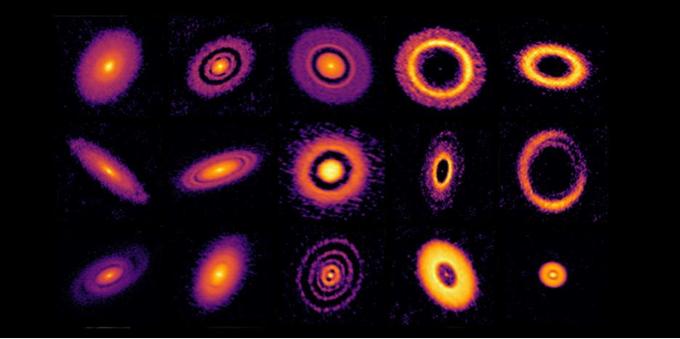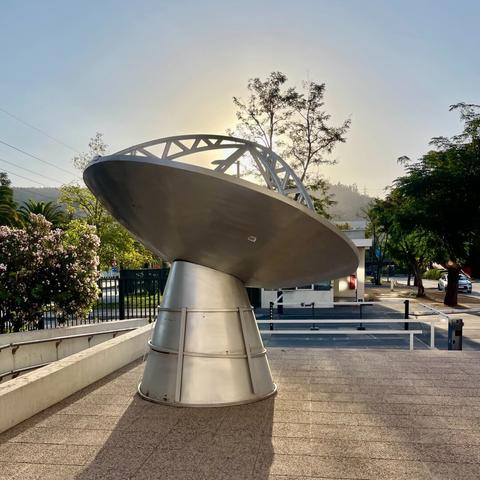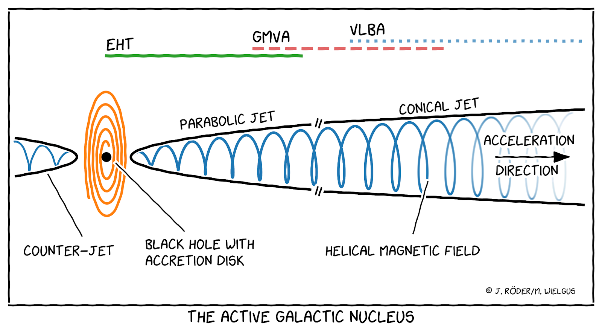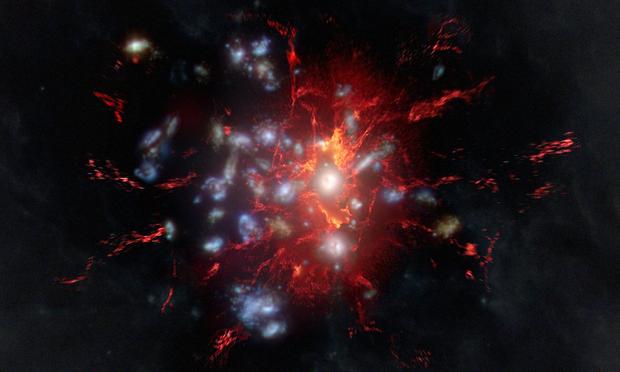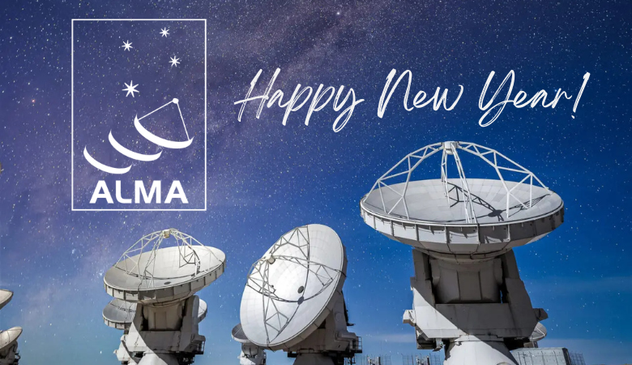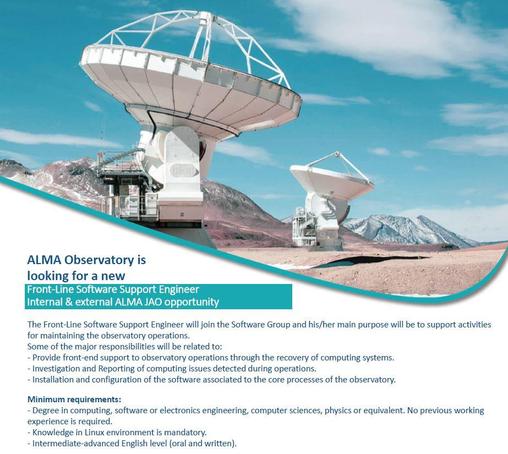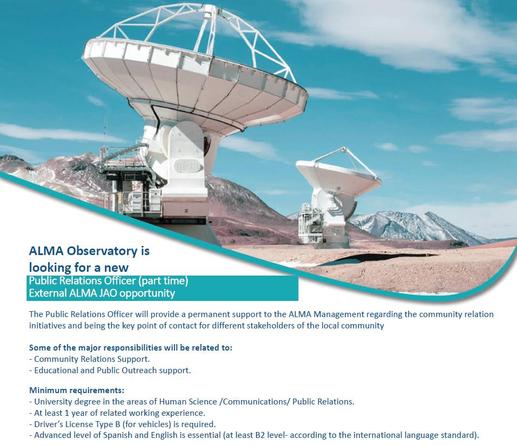Galaxy clusters are the largest structures in the universe. Protoclusters like SPT2349-56 offer a unique window into this process, allowing astronomers to observe galaxies as they come together in a dense environment.
By comparing ALMA's high-resolution configuration observations with lower-resolution data from ALMA's Compact Array (ACA), and APEX, the team found a significant amount of molecular gas "invisible" in the higher-resolution ALMA images. The ACA detected 75% more CO than the sum of individual sources detected in higher-resolution ALMA data.
This missing gas isn't just a few faint, undetected galaxies. Instead, it appears to be a diffuse reservoir of gas spread throughout the protocluster.
This hidden gas reservoir could be the key to understanding the intense star formation activity observed in SPT2349-56. The presence of so much extra gas extends the star formation fuel, meaning the overall depletion timescale will exceed 400 million years.
SPT2349-56 is an extreme system, producing stars 10.000 times faster than our Milky Way, and these observations have pushed scientists' understanding of galaxy formation and evolution. No simulation or galaxy formation model had previously predicted this overdensity of gas. These findings also suggest that high-resolution ALMA observations, while excellent for studying individual galaxies, may miss a significant gas component in these early clusters. The missing gas may reside in the circum-galactic medium (CGM) or the pre-heated proto-intracluster medium (proto-ICM).
More information at https://www.almaobservatory.org/en/press-releases/alma-founds-hidden-cosmic-fuel/
#ALMA #AtacamaLargeMillimeterSubmillimeterArray #GalaxyClusters #StarFormation

